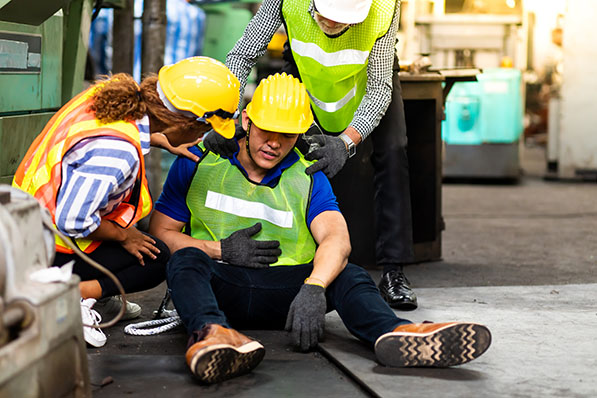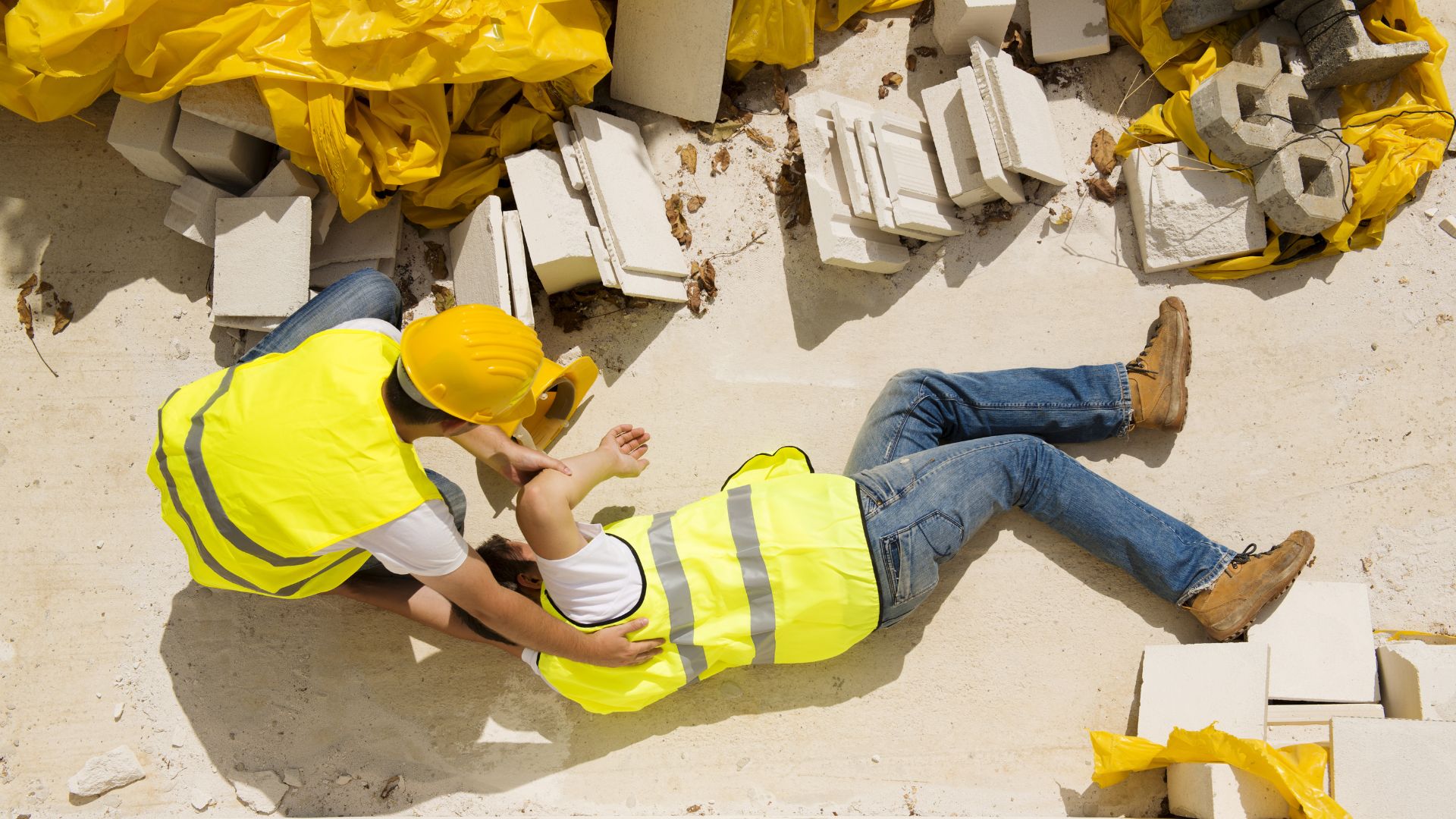Life is a journey paved with moments, big and small, that shape our paths. Some moments are joyous celebrations, etched in our memories with golden light. Others are dark storms, leaving scars and lessons etched just as deeply. But in between the extremes, lie the near misses – those heart-stopping instances where fate brushes against us, whispering a chilling “what if.”
Jason’s Slippery Story
I remember, years ago, when I was fresh out of trade school, eager to prove myself as a carpenter. We were building a two-story house, and I was tasked with cutting plywood on the second floor. Rain lashed against the scaffolding, making the plywood slick and treacherous. Ignoring a nagging premonition, I rushed to the job, my saw buzzing impatiently. Suddenly, my boots lost purchase on the wet wood. My heart lurched as I tumbled forward, the saw spinning like a demonic halo above me. The edge of the platform loomed just beyond my outstretched fingers.
Somehow, instinct took over. My flailing hand snagged a loose wire dangling from the rafters, my weight yanking it taut. The wire held, just barely, giving me enough leverage to scramble back onto the platform. My legs shook, my breath ragged, and the saw clattered to the floor with a deafening clang. At that moment, the adrenaline rush gave way to a cold, sobering terror. The careless rush, the ignored warning, the potential tragedy – it all washed over me in a sickening wave.
That near miss was a turning point. It taught me the most valuable lesson – respect the workplace. Every task, every tool, demands respect. No job is worth a shortcut, no deadline justifies haste. From that day on, I embraced safety measures, meticulous planning, and a healthy dose of caution. And I made sure every member of my crew did the same.
Workplace Slip and Fall Prevention Tips:
- Wear proper footwear: Choose slip-resistant shoes with good traction, especially in wet or oily environments.
- Maintain a clean and dry work area: Spills and debris create hazards, so clean up promptly and report any unsafe conditions.
- Use proper equipment: Ladders and platforms should be sturdy and inspected regularly. Use handrails and safety harnesses when necessary.
- Be mindful of weather conditions: Rain, snow, and ice can increase the risk of slipping. Adjust your work practices accordingly.
- Don’t rush: Haste often leads to carelessness. Take your time, plan your moves, and work deliberately.
A Scary Swing and a Lucky Miss
Mike, a seasoned crane operator, was loading steel beams onto a high-rise building. Years of experience had bred a dangerous familiarity with the machine. He disregarded the safety checks, hopped into the cab without securing his harness, and started the engine with a practiced flick of his wrist.
As the crane swung the beam towards the building, a gust of wind caught it, twisting it violently. The beam careened, snapping a cable and sending a wrench soaring through the air. It struck Mike square in the shoulder, knocking him unconscious and nearly sending him plummeting from the open cab. Luckily, the automated safety features kicked in, stopping the crane just inches from disaster.
Mike woke up in the hospital, bruised and shaken, but alive. The incident served as a brutal reminder of the unforgiving nature of his profession. The crane, once an extension of his will, became a stark symbol of vulnerability. He returned to work as a changed man, a stickler for safety protocols, and a vocal advocate for proper training and equipment maintenance.
Crane Safety Tips:
- Always undergo proper training and certification: Operating a crane is a delicate and complex task. Never take shortcuts with your qualifications.
- Perform thorough pre-operational checks: Inspect the crane, cables, and attachments for any damage or wear before every use.
- Wear appropriate safety gear: Harnesses, hard hats, and safety glasses are essential for crane operators. Secure yourself before starting the engine.
- Be mindful of weather conditions: Wind, rain, and fog can affect crane stability. Adjust your operations accordingly or delay work if necessary.
- Never take unnecessary risks: Don’t push the limits of the crane or your own abilities. Prioritize safety above deadlines or pressure.
Frozen in the Office Fire
Fire. The very word conjures images of chaos, fear, and destruction. One afternoon, amidst the usual office bustle, a flicker caught my eye. A discarded coffee cup had sparked a forgotten pile of papers, the flames dancing with an eerie silence. In that frozen moment, time seemed to stretch. The frantic scramble for the fire extinguisher, the choked calls for evacuation, the acrid smoke stinging my lungs – it all unfolded in a slow-motion blur.
Thankfully, we had regular fire drills and a clear evacuation plan. Every door opened smoothly, the alarm blaring its urgent call. We spilled out onto the street, coughing and blinking in the harsh sunlight, a motley crew united by fear and relief. The fire department arrived within minutes, their sirens shrieking a discordant counterpoint to our racing hearts. As they battled the flames, we watched, shaken but unharmed, the charred office windows staring back like empty eye sockets.
That near miss was a gut punch. It exposed the fragility of our routine, and the ease with which normalcy can be consumed by smoke and ash. And it highlighted the importance of preparation and awareness. From that day on, fire safety became a top priority. We conducted regular drills, updated our evacuation plan, and invested in better fire detection and suppression equipment. We also adopted a culture of vigilance, encouraging everyone to report any potential hazards and take responsibility for fire prevention.
Office Fire Prevention Tips:
- Regularly inspect and maintain electrical equipment: Faulty wiring and overloaded circuits are frequent fire hazards.
- Keep clear of exits and stairwells: Don’t block or clutter escape routes with furniture or debris.
- Practice fire drills: Familiarity with evacuation procedures can save lives in an emergency.
- Install and maintain smoke detectors and fire extinguishers: Ensure they are in working order and readily accessible.
- Educate employees about fire safety: Regularly train employees on fire prevention practices and how to use fire extinguishers.
These near misses, from the near tumble off a scaffold to the brush with a falling beam and the dance with an office inferno, weren’t just close calls; they were turning points. They forced us to confront our vulnerabilities, re-evaluate our priorities, and embrace a culture of safety. So, the next time you find yourself rushing a job, ignoring a safety precaution, or taking something for granted, remember. Take a breath, slow down, and listen to that nagging whisper in your gut. Because amidst the noise and routine, those whispers might just be the difference between a close call and a tragedy, between a near miss and a life saved. Let our near misses be the lighthouses that guide us, not the wrecks that warn us too late. Let us learn from them, grow from them, and build a safer future, one near miss at a time.
This is not just a collection of individual stories; it’s a collective call to action. Share your own near misses, spread the message of safety, and make sure that, for all of us, the day we almost becomes the day we learned, the day we changed, the day we lived.





